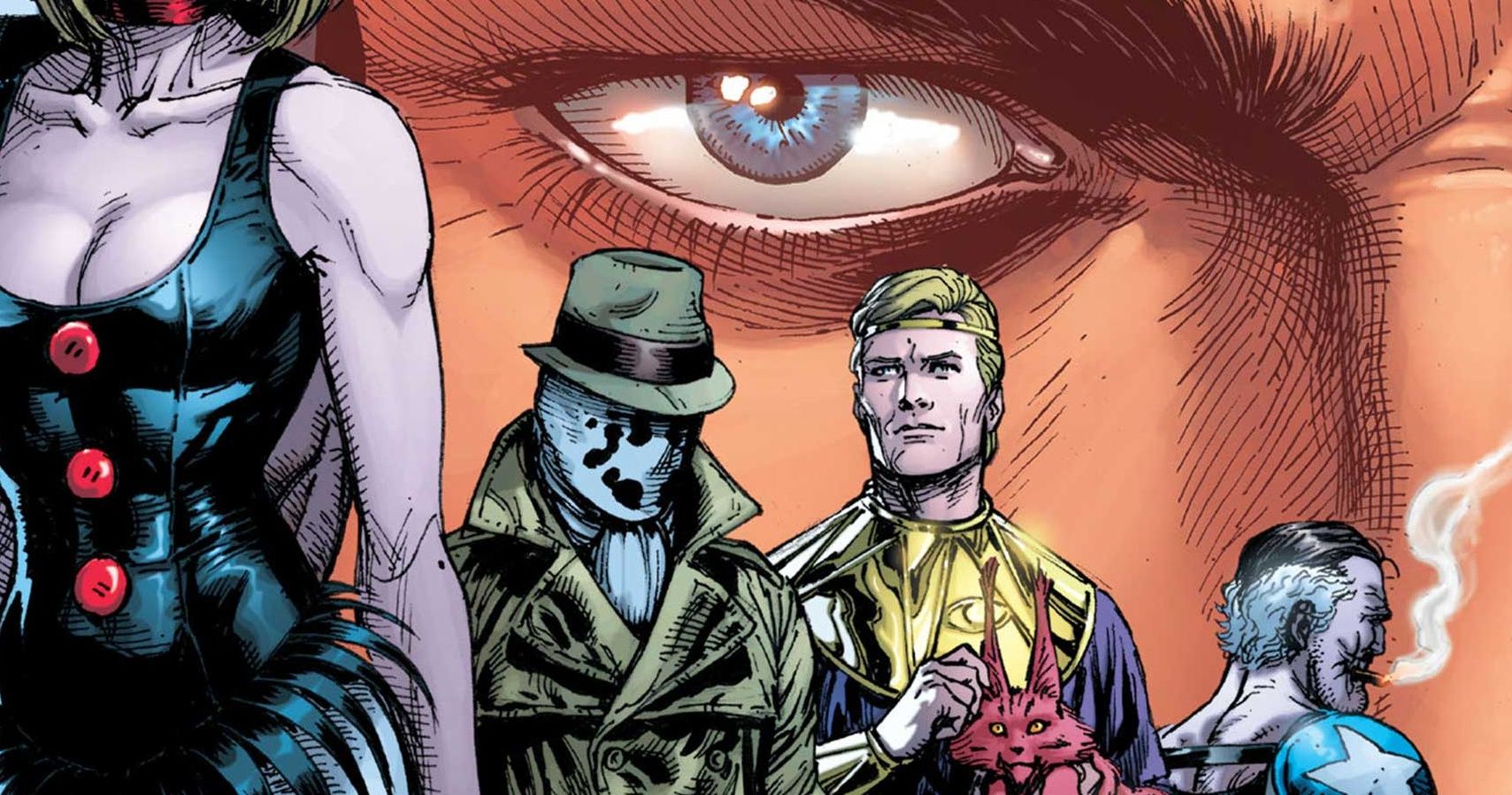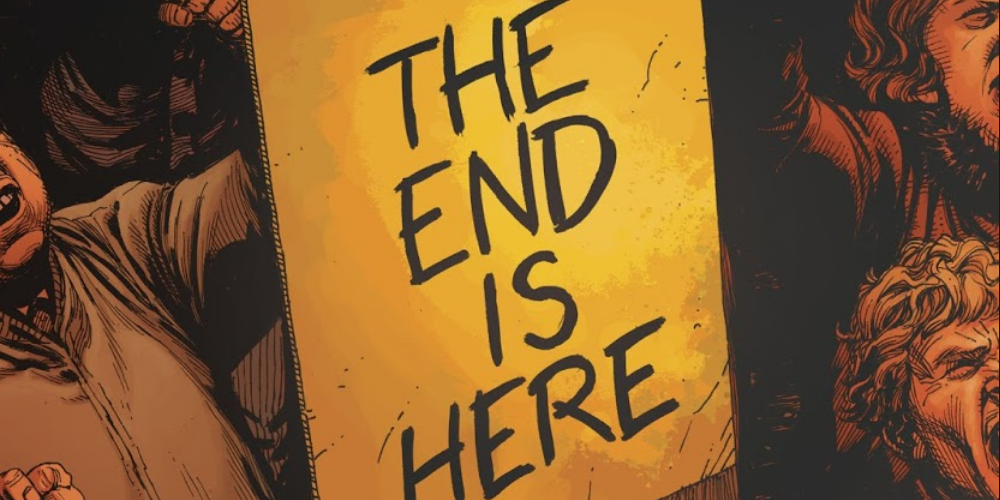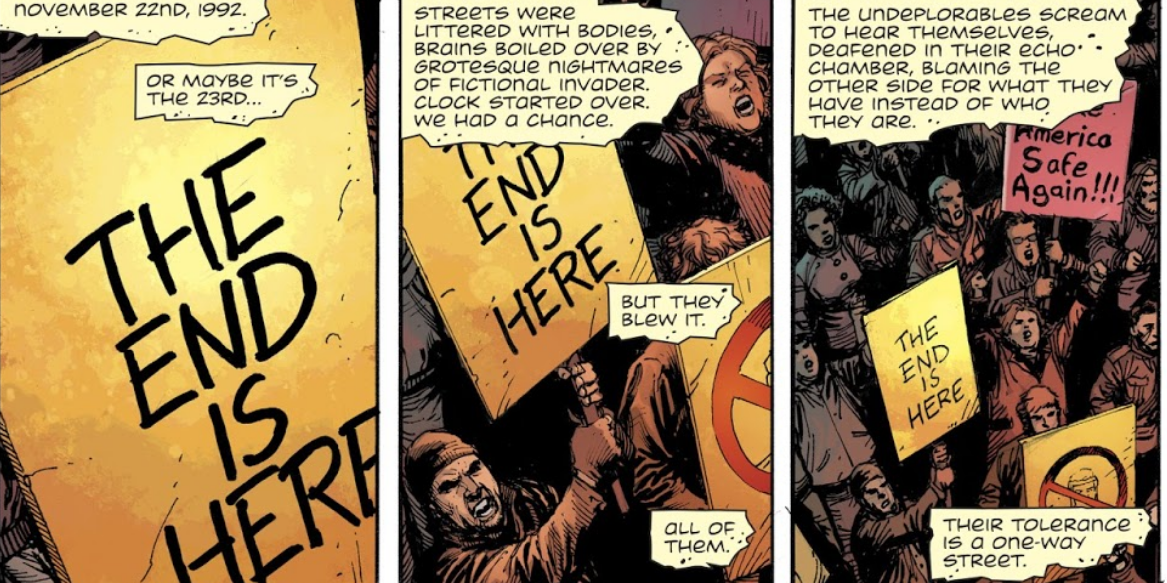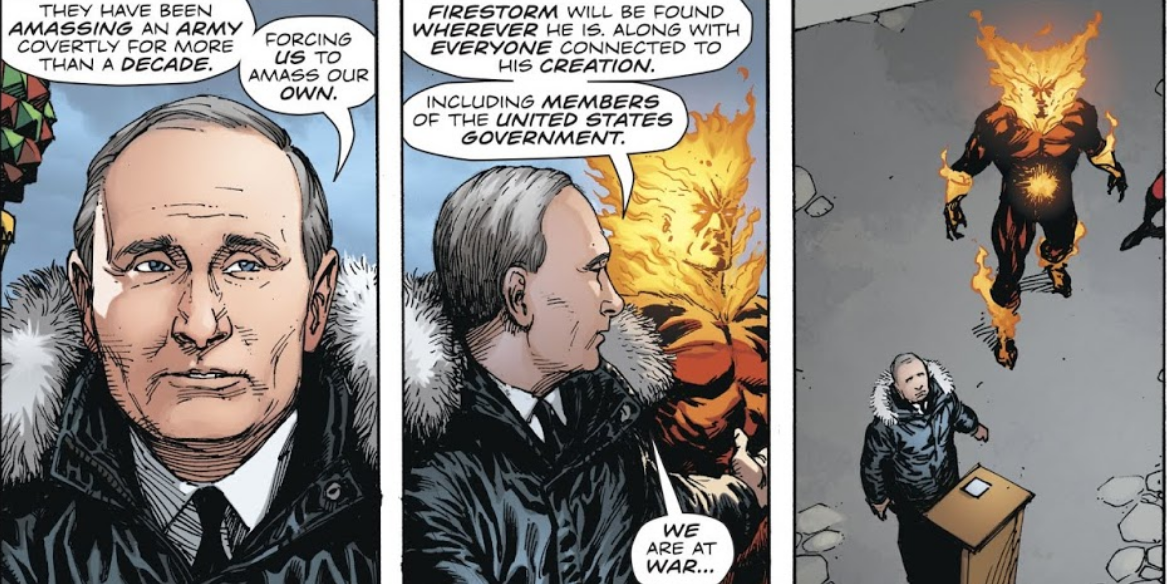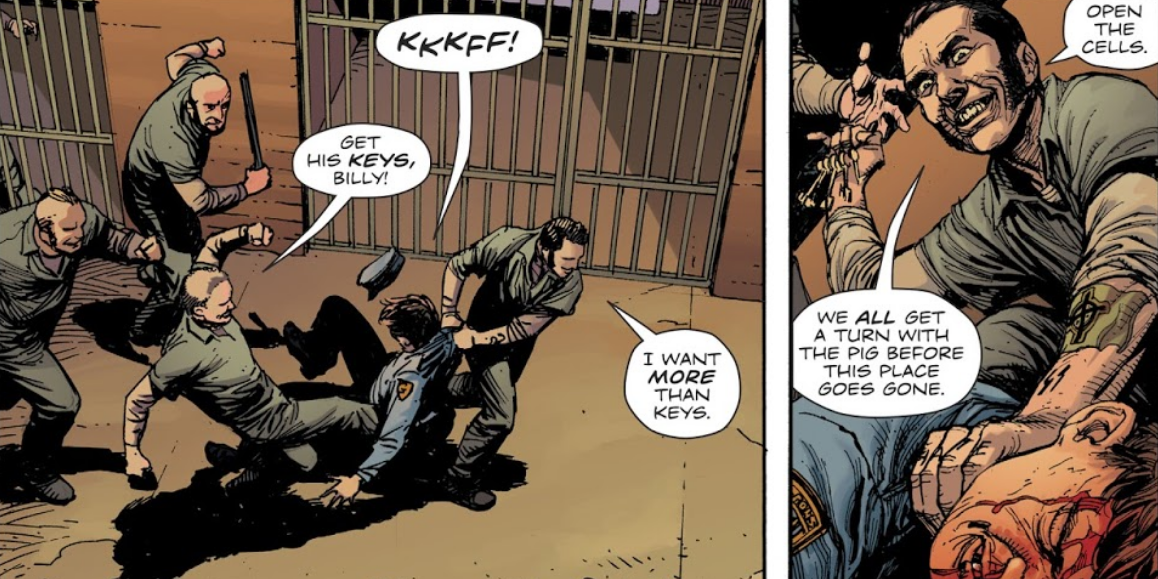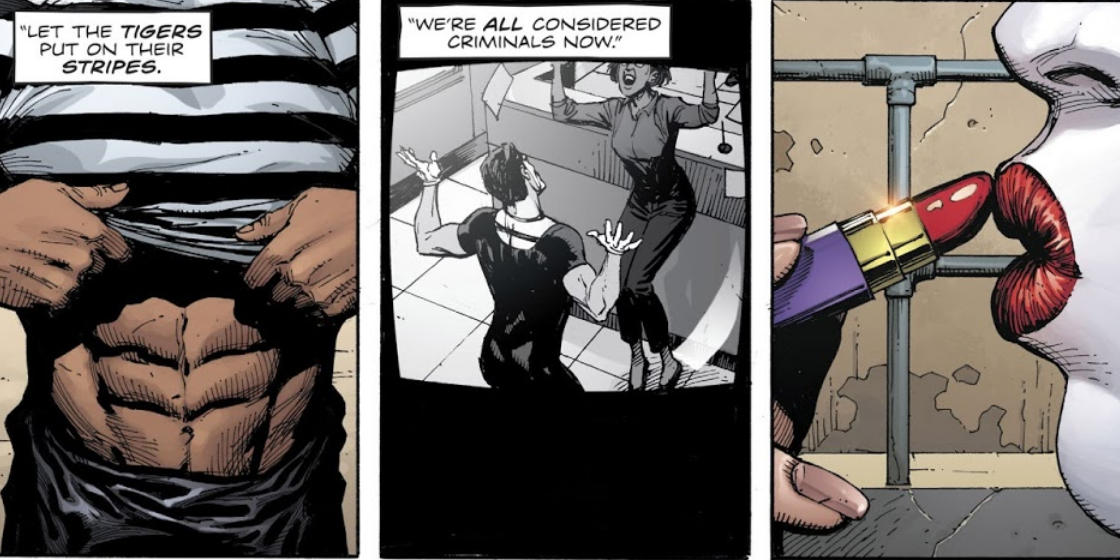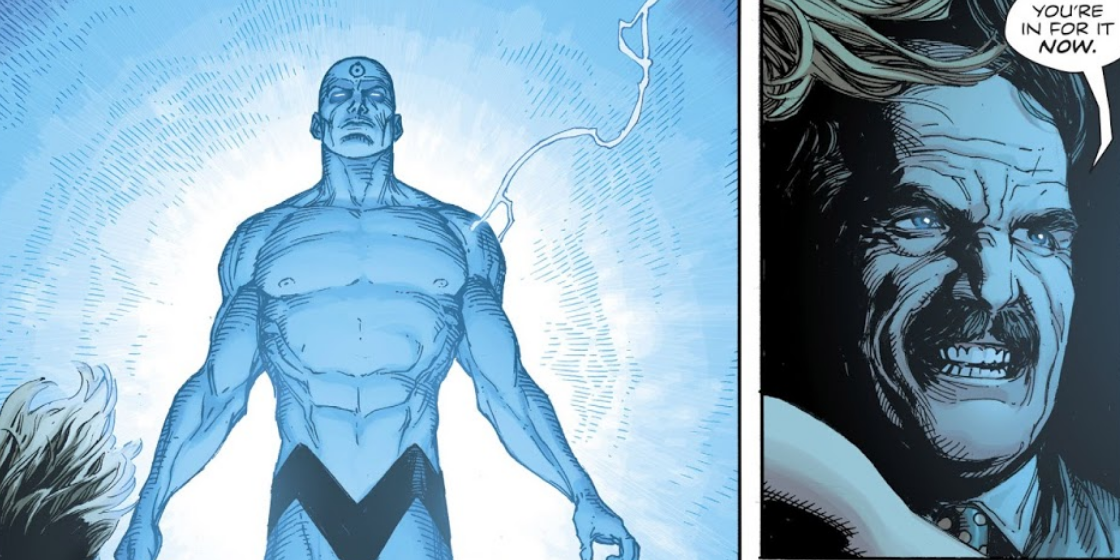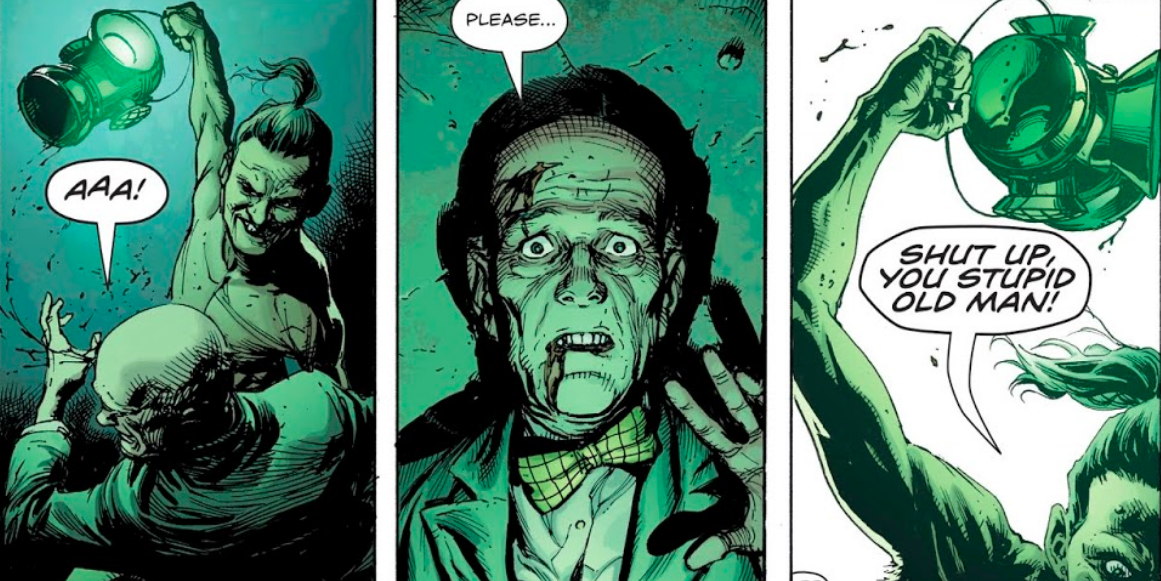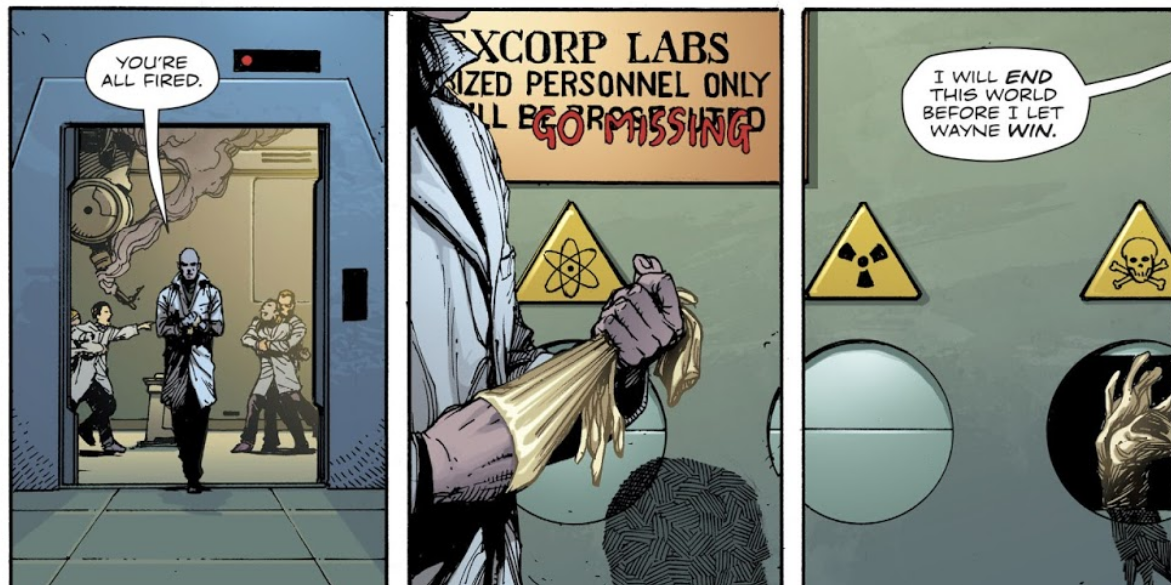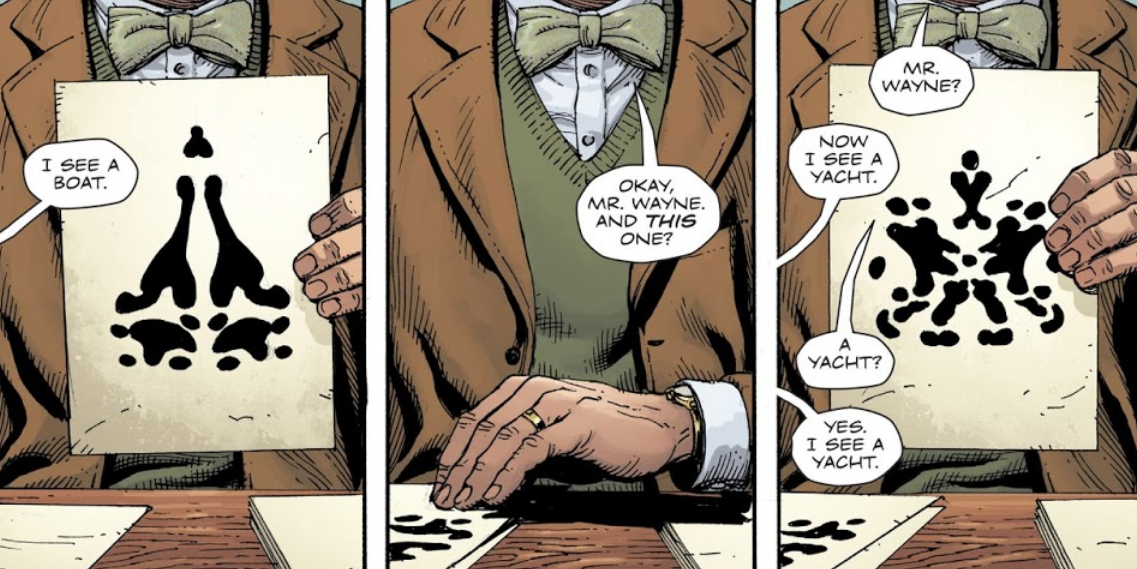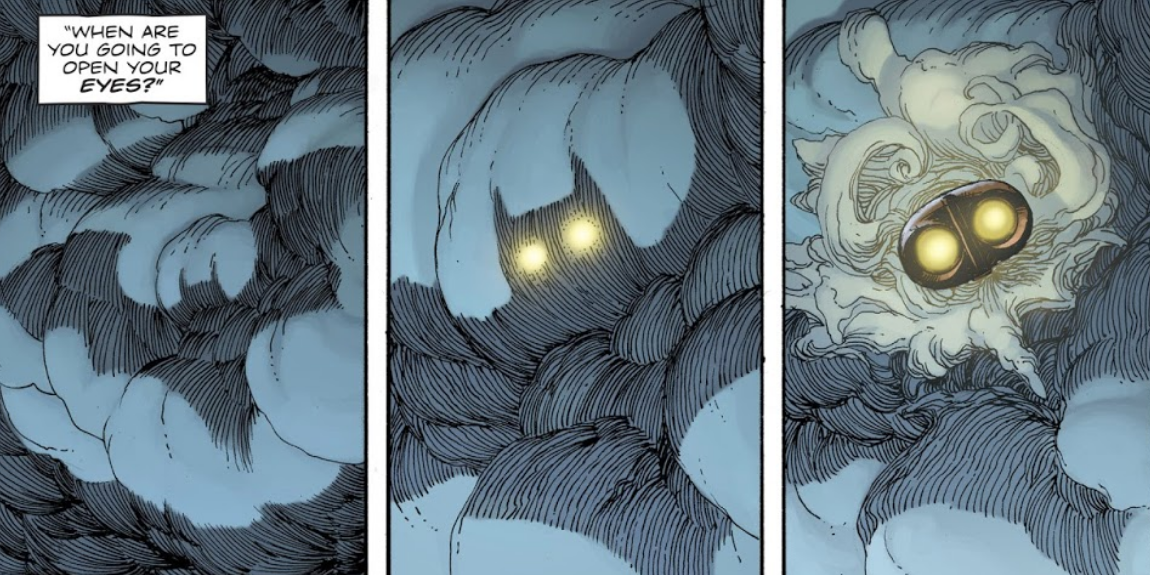In 1986, writer Alan Moore and artist Dave Gibbons changed the world of comics forever with their revolutionary graphic novel Watchmen. Thirty years later, Geoff Johns released the first issue of the comic Doomsday Clock -- a sequel to Watchmen that pits the characters from Moore and Gibbons's comic against the heroes of the DC Universe.
There are plenty of obvious connections between the recent comic Johns is writing and the older work on which it builds. Characters overlap, famous lines are reworded, and many themes persist. However, there are also some big differences. Indeed, some fans have asked if the idea of a big superhero bash pitting Doctor Manhattan against Superman is the antithesis of everything the original comic stood for. But for all the obvious references and controversial changes, Johns has subtly made several references to the original comic that fans missed - 10 of which have been listed here.
10 "The End Is Here"
This is the most obvious reference on the list. In the original comic, a recurring not-at-all-important background character is seen marching along the pavement with a sign warning "THE END IS NIGH." Beginning in the year 1992 (seven years after the events of The Watchmen) the first issue of Doomsday Clock features an image on its cover of a crowd of protestors. One of the protest carried a sign reading "THE END IS HERE."
This is a clear throwback to the original comic, indicating that as bad as things were then, everything has gotten worse. The opening panel of Doomsday Clock even has a closeup on this sign.
9 Presidential Critique
Watchmen includes a pretty scathing critique of the United States President Richard Nixon. A Republican known for his warmongering, support of big business, and an adversarial relationship with the truth, Nixon is treated as a dictator in the comic. In Doomsday Clock, writer Geoff Johns draws a parallel between Nixon and the current Republican President, Donald Trump.
A protest sign on the first page reads "MAKE AMERICA SAFE AGAIN"-- echoing Trump's infamous campaign slogan "Make America Great Again." In the same panel, there's a line from Rorschach's journal: "the undeplorables scream to hear themselves deafened in their echo chamber, blaming the other side for what they have instead of who they are." "Undeplorables" references Presidential candidate Hillary Clinton calling Trump's followers a "basket of deplorables." This passage also explores whether Trump's followers supported him due to economic anxieties ("blaming the other side for what they have") or xenophobia ("who they are").
8 Russia Is The Enemy
Watchmen is set at the height of the Cold War, a time when the United States and the Soviet Union were threatening each other with nuclear annihilation while waging a series of proxy wars around the world. Fear of The Bomb (i.e. nuclear annihilation) is a constant threat. As most of the story takes place in the United States, the old trope of Russia being an enemy makes sense.
Most of the story of Doomsday Clock occurs in contemporary time in the main DC Universe's version of the United States, so choosing to make Russia the enemy again makes less sense for a political comic set in the post-digital post-9/11 world. While other nation-states might seem like obvious enemies, invoking post-Soviet Russia as a potential political enemy of the US is a nice nod to the original comic.
7 The Prison Riot
There are several scenes set in prisons and mental institutions through Doomsday Clock. The most important occurs the first issue when Rorschach helps free two convicts from prison while the prisoners are rioting.
This is a throwback to one of the most intense scenes in Moore and Gibbons's comic, where the original Rorschach is locked in prison and--after a convict dies from wounds Rorschach inflicted on the man--the rest of the inmates revolt. Rorschach is freed when the heroes Nite Owl and Silk Spectre stage a breakout. To have Rorschach leading the escape is a nice reversal.
6 Using The 9-Panel Grid To Tell Multiple Stories
Watchmen's use of the 9-panel grid to format its story is so iconic that comic book writers have been emulating it ever since, with some comics even citing it directly. The grid demands a writer exercise control, allowing each row of 3 panels to end on a dramatic note like a break in lines of poetry. There are various ways to play with this method and break the form. One method Alan Moore uses masterfully is to tell two simultaneous contrasting stories on the same page, alternating with each panel.
Geoff Johns uses this technique several times in Doomsday Clock to great effect, paying homage not just to the story and characters of the original comic, but also to all the variations of its format down to nuances in panel layouts.
5 Manhattan's Manhood
Doctor Manhattan's (ahem) manhood is on display throughout The Watchmen (which is metaphorically intriguing since his personal arc is about the loss of his connection to mankind). His inability please his partner leads him to make multiple copies of himself to have a threesome where two of the bodies are his -- even as other bodies work in the lab, all of them equally naked.
In Doomsday Clock, he censors his junk with a black band in a flashback sequence, one character even commenting on his underwear choice. In Watchmen, Manhattan wore similar briefs in a flashback to his time in Vietnam.
4 Hollis Mason's Beating
In a tragic scene in Watchmen, Hollis Mason, the now-retired original Nite Owl, is beaten to death by a gang. In a scene that pays homage to this, another elderly retired hero is set upon by a gang in Doomsday Clock, only this hero, Johnny Thunder, is a former member of DC's team of heroes from the '40s, the Justice Society--or he was part of that team before Doctor Manhattan altered the past.
The gang tries to beat Johnny to death with his friend Alan Scott's Green Lantern. Thankfully he's saved before the assailants knocked his lights out, giving him a happier ending than Hollis Mason.
3 Graffiti & Signage
Signs and graffiti are important details in the world of Watchmen. Graffiti throughout the comic asks "WHO WATCHES THE WATCHMEN" while the nuclear hazard symbol outside a fallout shelter is given special significance, being compared to black pirate flags on the horizon.
Lex Luthor's lab in Doomsday Clock has similar signs and graffiti. One office sign warning what fate awaits unauthorized personnel has "BE PROSECUTED" crossed out and "GO MISSING" painted over it--showing what happens to those who earn Lex's ire. Beside this is a nuclear hazard symbol which is posted next to another hazard symbol featuring a skull and crossbones--the Jolly Roger of a pirate ship.
2 Rorschach Testing Batman
While Rorschach is most directly inspired by the Charlton Comics character the Question, it's hard to miss the parallels between Rorschach and the Dark Knight. Both have declared war on crime, resorting to extreme violence to get results. Also, both are arguably insane, with their violent tendencies and antisocial behavior stemming from early childhood trauma.
Doomsday Clock connects the heroes by having Bruce Wayne take a Rorschach test. This is of course a throwback to when Rorschach takes his namesake test while in police custody, but it also hints how Batman influenced the other character.
1 The Batman-Nite Owl Connection
There are two characters based on different interpretations of Batman who are central to The Watchmen. As stated before, the main one, Rorschach, is also inspired by the Question, parodying the Objectivist philosophies favored by writers like Frank Miller and Steve Ditko. The other depiction of Batman popular in the 1980s was as a rich liberal whose guilt and resources inspired him to clean up the city--shown in the character of Nite Owl II.
Nite Owl (whose other inspiration is the Blue Beetle) has not appeared in the first 11 issues of Doomsday Clock currently released. However, his airship is important to the story and clearly links Nite Owl to Batman when it bursts through a patch of clouds over which the Bat Signal is being projected.

